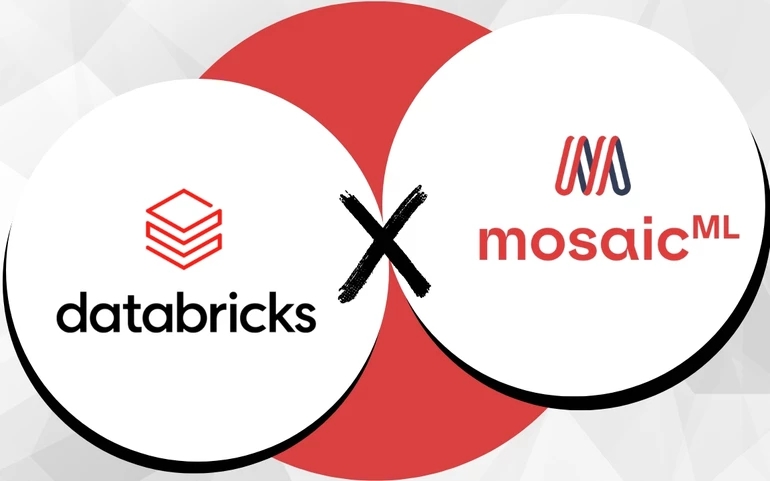
Retrieval-Augmented Generation (RAG) seems to be the new cool thing in the fast-changing world of generative AI, especially in language models.
I’ve been really getting into LlamaIndex lately, and I’ve noticed that sometimes the answers my apps give aren’t as good as I’d like. Is it because of how I made the app, or should I try fine-tuning instead? Maybe I just need to use more specific and better prompts?I’ve decided to dig deeper into this.
Hopefully, I can share some insights for others wondering about the same thing.
Use Cases
RAG
RAG is particularly suited for applications that require dynamic, up-to-date information or access to external knowledge or proprietary sources. It combines a retrieval mechanism with a generative model, fetching relevant information from a database or document collection before generating a response. This makes RAG ideal for:
- Open-domain question answering, where the model needs to pull information from vast, unstructured data sources.
- Document summarisation, where key points from extensive documents are condensed, leveraging external knowledge for accuracy.
- Chatbots that provide information from a knowledge base, offering precise answers based on the latest data.
Fine-Tuning
Fine-tuning, on the other hand, involves adjusting a pre-trained model’s weights on a specific dataset to tailor it for a particular task or domain. This approach is well-suited for:
- Domain-specific applications, where the model needs to understand and generate text that aligns with specialized knowledge or terminology.
- Sentiment analysis, text classification, and language translation, where the model’s general capabilities are refined to perform these tasks with higher accuracy.
- Customising the model’s behavior, writing style, or domain-specific knowledge to align with specific nuances, tones, or terminologies.
Pros and Cons
RAG
Pros:
- Dynamic Data Handling: RAG excels with dynamic, up-to-date data, making it suitable for applications requiring current information.
- Transparency and Trust: By retrieving information before generating a response, RAG offers a level of transparency and trust, as the source of information is clear.
- Reduced Hallucinations: RAG minimizes the likelihood of generating inaccurate or fabricated responses by grounding each response in retrieved evidence.
Cons:
- Complex Implementation: As I am finding out, setting up an efficient, scalable and effective retrieval mechanism can be challenging.
- Potential for Irrelevant Information: If the retrieval mechanism is not accurate, it can inject irrelevant information into the response.
Fine-Tuning
Pros:
- Customisation: Allows deep alignment with specific styles, expertise areas, or domain-specific knowledge.
- Improved Model Effectiveness: Fine-tuning can significantly enhance a model’s performance on the targeted task or domain.
- Easier than you think: You can fine tune a model in less time, with less data and with less resources than you have been lead to believe.
Cons:
- Less Dynamic: Fine-tuning a model takes some know how and the data needs to be in a very specific format making it more time consuming and labour intensive .
- Risk of Overfitting: Fine-tuning incorrectly can lead to overfitting, where the model performs well on the training data but poorly on new, unseen data.
Best Practices
- Assess Your Data and Goals: Choose RAG if your application relies heavily on external, dynamic data sources. Opt for fine-tuning if you need to deeply customize the model for a specific task or domain.
- Combine Approaches When Necessary: In some cases, using both RAG and fine-tuning can offer the best of both worlds, leveraging external knowledge while customizing the model’s behavior for specific tasks.
- Monitor and Update: Both RAG and fine-tuning require ongoing monitoring and updates to maintain performance and relevance, especially as new data becomes available.



Leave a comment